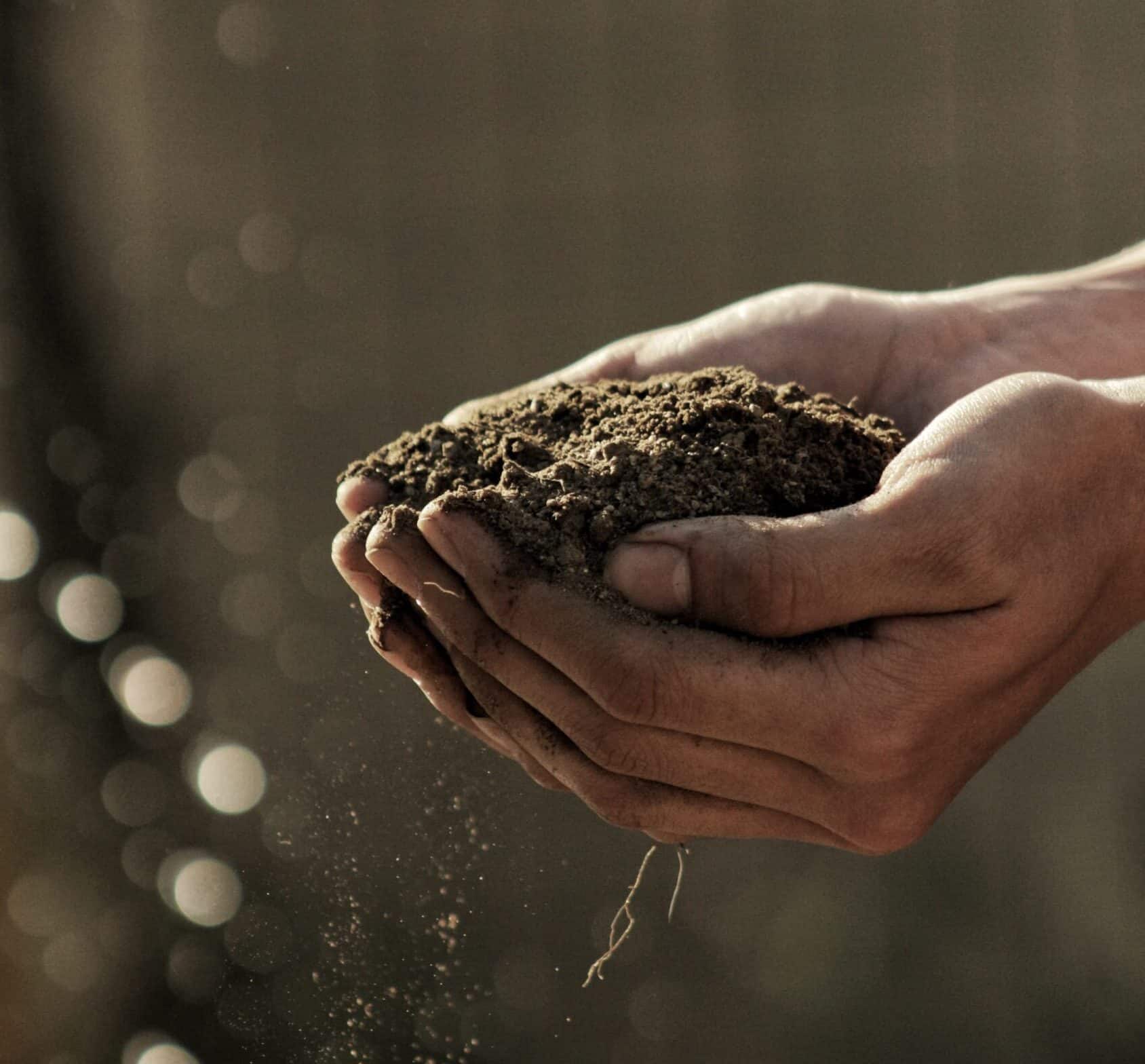
Regenerative Agriculture: Why Quality Mulch and Soil Matters
It’s never been a secret that healthy soil impacts plant growth, water filtration, and nutrition. Committing to avoiding using harmful pesticides in your farming is one way to support these goals, but regenerative agriculture goes further to engage in practices that benefit and actually improve the soil. Regenerative agriculture serves farmers, growers, backyard hobbyists, and community gardens. Read on to learn more.
Understanding Regenerative Agriculture
Over the last 6 decades, farmers and agricultural workers have tried to increase yields by manipulating the land, but instead, costs rose while yields and quality decreased. Regenerative agriculture recognizes how essential soil microbes are to the land’s natural systems. That’s because these microbes breed nutrients, stave off diseases, resist insects, suppress weeds, and strengthen plants. Regenerative agriculture soil is biologically diverse and mineralized to improve the soil, crop yields, and farmer livelihood.
Regenerative agriculture is different from sustainable agriculture in that sustainable agriculture seeks to keep the soil and environmental quality while regenerative agriculture strives to improve the ecosystem’s health.
Principles of Regenerative Agriculture
Minimal Soil Disruption
Regenerative farmers try to minimize disrupting the soil and often forego tilling altogether to keep their plant roots connected to the soil’s microorganisms.
Soil Cover
Covering the soil with plants, crops, or mulch helps the soil absorb water and carbon, prevents soil erosion, and aids in water retention. Regenerative farmers plant cover crop seeds in the same place as their primary crops to keep the fields from ever being bare (called overseeding), plant primary crops in fields where cover crops already exist (“planting green”), and convert cropland into pastures.
Crop System Diversity
Focusing on diversified production systems through multiple crops and the possible introduction of livestock mirrors the earth’s natural ecosystems. It improves biodiversity, contributing to healthier soil that more readily retains water and nutrients. Regenerative farms diversify crops in the following ways.
- Vary crop rotations
- Plant multiple cover crop species
- Grow diverse grazing forage
- Maintain permanent vegetation somewhere on the farm
Chemical Reduction
A major benefit of regenerative agriculture is that it reduces and often eliminates the need for synthetic fertilizers and pesticides that prevents plants from getting their nutrients from deep in the soil resulting in less carbon storage. Synthetic chemical use also pollutes land and water and is linked to negative health impacts, including congenital disabilities, cancer, and certain neurological disorders.
Planned Animal Grazing
When animals engage in planned or rotational grass grazing, which is when livestock are moved frequently to allow plants to regenerate between grazing, it helps prevent overgrazing while the animal manure helps feed the soil and collect carbon. Animal integration adds nutrients to the soil, and permanent pastures reduce harmful farm emissions and pollution runoff.
Benefits of Regenerative Agriculture
Regenerative agriculture restores soil health quickly and cost-effectively by returning microbes and aerated soil structure while replenishing organics.
Fights Global Warming
Regenerative agriculture helps balance the earth’s carbon system by allowing the soil to capture carbon, reversing the damage of modern farming practices tillage and monocropping that leave too much carbon in our atmosphere and too little in our soil.
Aids Soil Microbiome
Just as with humans, plant soil needs a thriving microbiome ecosystem made up of bacteria, fungi, and other microbes to offer broken-down nutrients to plants and give the soil a healthy structure.
Cultivates Nutrient-Dense Food
Regenerative agriculture helps farmers produce nutrient-rich foods free from harmful chemical contaminants. And this method of farming increases yields, making farms and communities more drought and flood-tolerant while improving ecosystem biodiversity.
How We Can Help
Now that you know how beneficial regenerative agriculture is, you may wonder how to get started — we’re here to help. At Gaston Mulch and Soil, we provide nutrient-rich, carbon sequestering, chemical-free soil and mulch for farmers, growers, backyard hobbyists, and community gardeners. We design solutions to restore and strengthen Florida’s soil system, focusing on producing customized solutions through organics backed by third-party lab testing results. When you’re ready to get started with regenerative agriculture, reach out to us for help.
